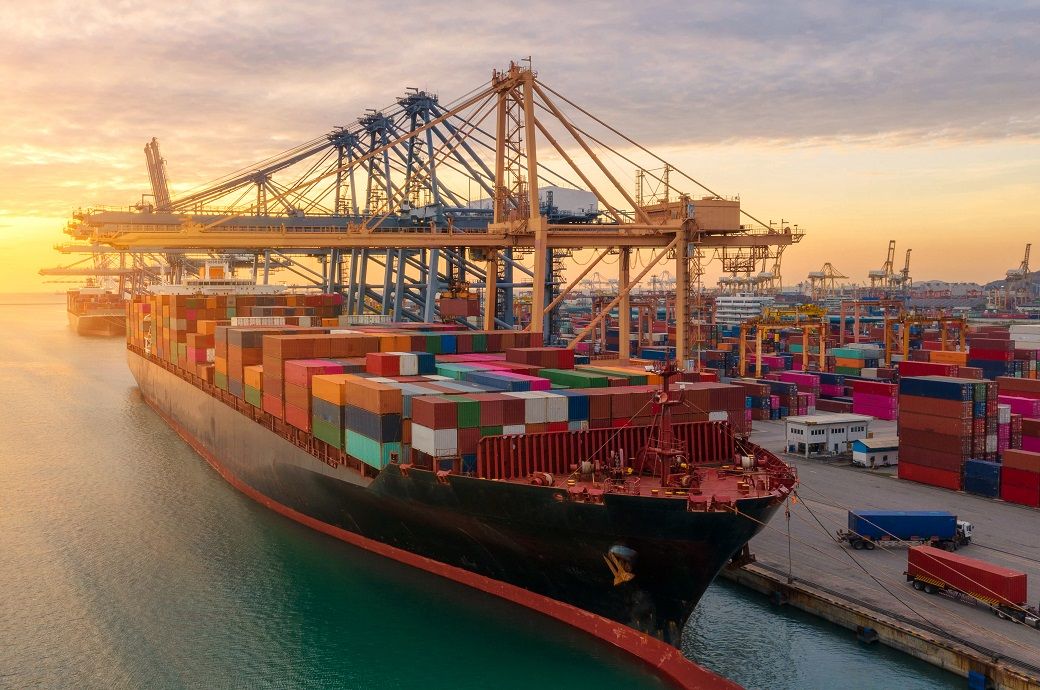
Freight rates spiralled during the COVID-19 pandemic and then again following the escalation of conflict in the Red Sea. Unlike these previous global supply chain shocks, the spike in spot rates resulting from the lowering of tariffs will have a shorter expiration date, the Norway-based ocean and air freight market intelligence firm said.
Following a drop in demand during the early months of the pandemic, there was an explosion in consumer demand. This time around, the increase in demand is to allow shippers to build up inventories in case tariffs increase again when the 90-day window closes.
There will not be a major increase in consumer demand in 2025 either. While tariffs are lower, they are still higher than they were previously, so there is every likelihood this will subdue consumer demand, Xeneta noted in a blog post.
Once shippers have built up inventories, they will not continue to frontload imports. Demand will, therefore, ease and carriers will once again be struggling to fill their ships.
This means the traditional third-quarter (Q3) peak season will arrive earlier in 2025, but it should not take too long for spot rates to soften and continue the downward trend seen during Q1.
Carriers may start removing capacity in response, just as they did while the 145-per cent tariffs were in place, but it will probably not be enough to stop rates falling to levels not seen since Q4 2023, the company observed.
Spot market developments in the coming weeks are also hugely significant in determining the best time to market for any shippers who delayed negotiations over new long term contracts, it added.
ALCHEMPro News Desk (DS)
Receive daily prices and market insights straight to your inbox. Subscribe to AlchemPro Weekly!